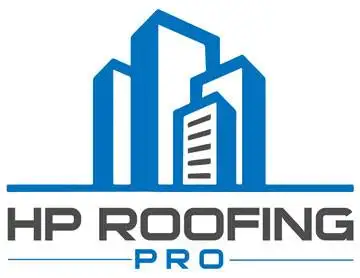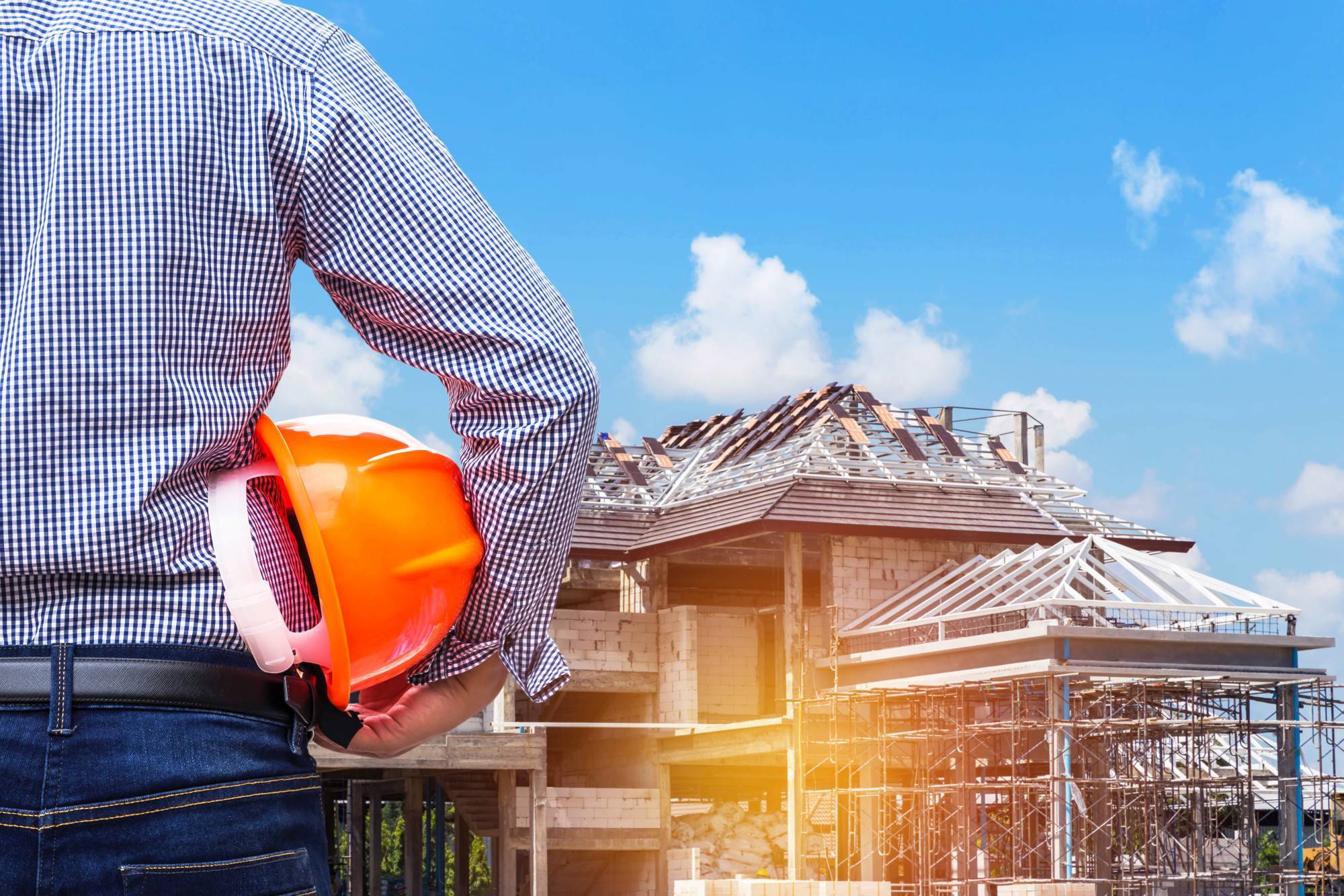Mon - Fri 7:00 am - 4:30 pm
601 South Palm Ave, Alhambra, CA 91803
Posted by hproofingpro No Comments on How Do Cool Roofing Systems Work?: The Basic Science, Explained Roofing
How Do Cool Roofing Systems Work?: The Basic Science, Explained
It’s summertime and the air conditioner in your company building is working overtime. The electric bill quickly drains those hard-earned hard-earned profits from last quarter.
Like any savvy businessperson, you want to find a way to reduce this cost, right? Perhaps you even want to look for more environmentally friendly cooling options. After all, you want your commercial enterprise to pursue more sustainable avenues and what better way than starting in the physical workplace?
Did you ever consider an alternative option for your roof?
The type of roof you have can make a big difference. That necessary part of your building might be another way you can make your business work smarter, and not harder.
Cool roofing systems can help with that. Let’s take a look at how they work.
What Is a Cool Roof?
Cool roofing systems for businesses offer a thermal-efficient method of keeping a building’s roof at a lower temperature than a traditional roof.
Traditional commercial roofs get quite hot, especially during the summer months. This leads to increased building temperatures, a shorter roof life, increased load on cooling systems, and even urban heat islands. Cool roofs are specifically designed to reflect light and minimize heat absorption.
Low sloped roofs, steep-sloped roofs, and even a mix of both can be made cool. If the building has a roof, it can accommodate cool roof technology.
The Science of Cool Roofing Systems
Have you ever stood barefoot on black asphalt on a hot day? Your feet likely felt like they were burning. Certainly, you’ve spent a day sweating in a black T-shirt during summer.
Light from the sun is actually wavelengths of photons that are both visible and invisible to the human eye. The color black absorbs all of the light wavelengths, and that light converts to the energy that we perceive as heat. This is why a black object will feel hotter than others on a bright, sunny day.
However, light colors absorb fewer wavelengths from the sun. White reflects all colors on the spectrum, and it does not get as hot. This is why wearing a white-colored T-shirt on a hot day is much more comfortable than a black one.
Using Science to Cool a Roof
The same principle behind the color of a T-shirt can be applied to the roof of your commercial building, creating a cool roof.
You may be wondering, “how does a cool roof work?”
During daylight hours, sunlight hits a roof. While most of that energy reflects up into the sky, some energy from the sun is transferred onto these surfaces, heating them.
This absorbed energy raises the temperature of the roof and absorbs the heat into the building.
This is where the cool roofing system science comes in. The roof is painted with a highly reflective material, or in some cases, entirely new materials are installed on the roof.
With these new materials reflecting most of the sunlight, less heat absorbs into the building. Instead of having the equivalent of a black T-shirt on your roof, you now have a white one.
While most cool roof installations favor white color, some systems utilize other light colors.
Types of Roofs Cooling Systems
Cool roof coatings are similar to thick paints and contain white or reflective pigments. In addition to the many benefits of cool roofing systems, these coatings protect from the elements and can extend the life of a roof.
These pigments provide appropriate levels of solar reflectance and thermal emittance to create a cool roofing system.
Many types of commercial cool roofing systems will utilize these coatings to increase solar reflectance and thermal emittance.
Low-Sloped Roofs
Other common materials for a low-sloped roof include single-ply membranes, built-up roofs, coatings, modified bitumen sheet membranes, and spray polyurethane foam.
Thermoplastic Polyolefin (TPO), polyvinyl chloride (PVC), and ethylene propylene diene M-class (EPDM) are among the types of materials that make up sheets of single-ply membranes. TPO and PVC membranes are white, thus providing a reflective surface that creates a cool roof. The EPDM membrane, typically a black color, can be coated or reformulated to make the roof cool.
Built-up roofs have multiple layers, including a base sheet, fabric reinforcement layers, and a protective layer. The roof can be made cool by making the surface layer with marble chips, gravel, reflective coating, or even mineral granules.
Modified bitumen sheet membranes are similar to built-up roofs but are typically made with layers of rubber or plastic. They are then finished with mineral granules or another smooth finish. Coatings added during the manufacturing process make them cool.
A spray polyurethane foam can be added to a roof to make it cool. This foam is made by mixing two liquid chemicals. The chemicals react and form a single piece that sticks to the roof. A protective coating makes this type of roof cool.
Steep-Sloped Roofs
Steep-sloped roofs utilize shingles and tiles to create a cool roof. A manufacturer makes shingles with materials that reflect solar energy, such as asphalt or wood. In order to increase solar reflectance, a professional can apply coatings to shingles.
A cool roof system may include concrete, clay, and slate tiles. The properties of clay and slate naturally lend themselves to solar reflection since they come from the ground. A manufacturer can apply a coating to tiles to increase their solar reflectance.
Low and Steep-Sloped Roofs
Low and steep-sloped roofs often utilize metal to create a cool roof. Unpainted metal typically provides excellent solar reflectance, but will absorb too much heat to qualify as a cool roof on its own.
Such roofing systems make use of coatings to provide enough thermal emittance to qualify as a cool roof.
Create an Efficient Commercial Space
The scientific principles behind a cool roofing system are basic methods of using light to our advantage. Using a cool roof for your building is a smart choice for any business.
Check out the options available and make cool roofing systems the next wise decision for your business.
Recent Posts
Categories
Recent Posts
Do you have any questions?
Contact us at The HP Roofing PRO office or submit a business inquiry online
Contact Us






